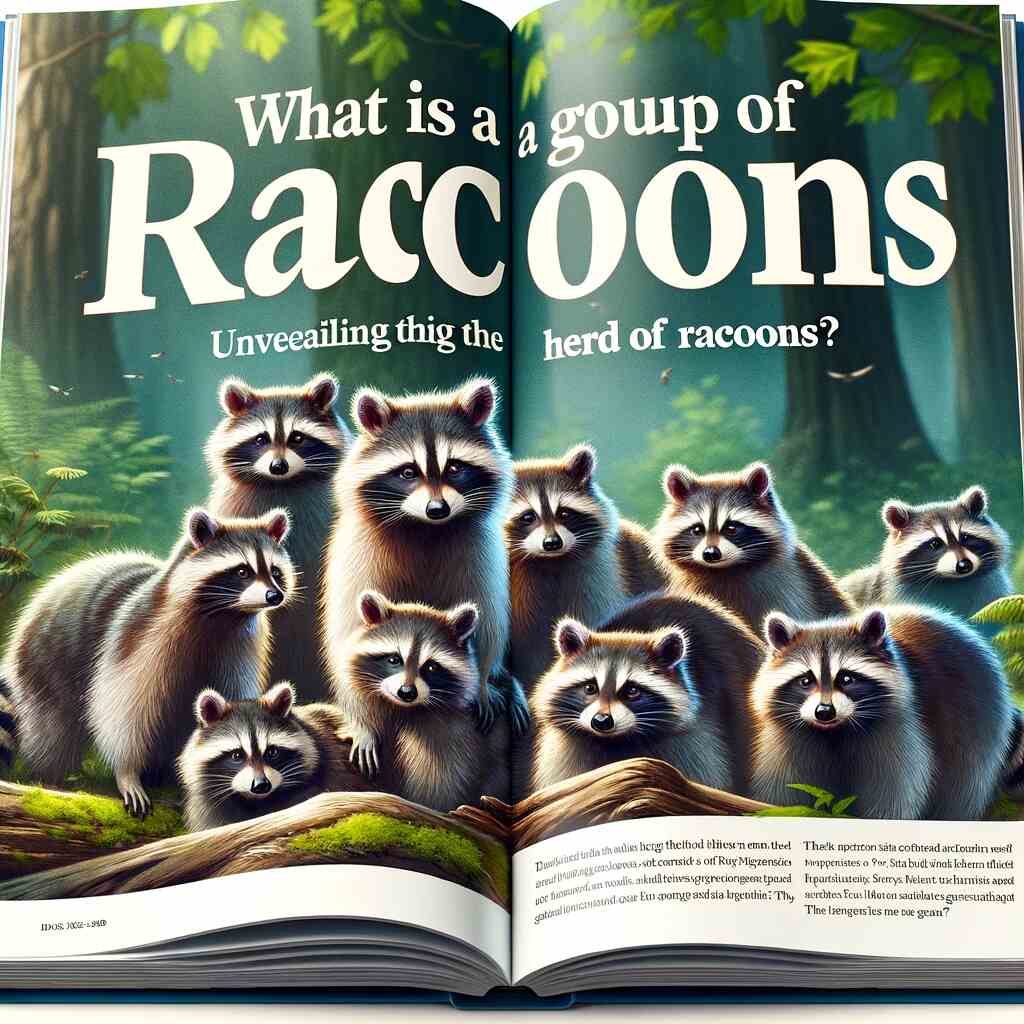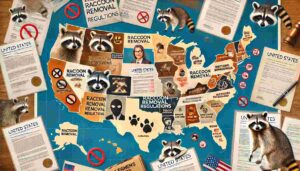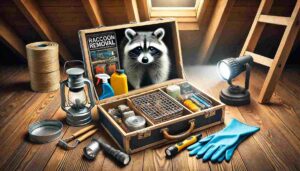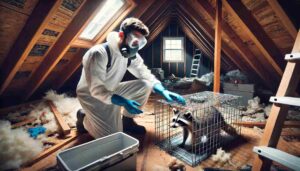A group of raccoons or a herd of raccoons is most commonly referred to as a “nursery.” This term is particularly used when describing a mother raccoon with her young, emphasizing the care and upbringing aspect of the group. Less commonly, a group of raccoons can also be called a “gaze,” possibly deriving from their behavior of intently observing their surroundings, or a “mask,” referencing their distinctive facial markings.
However, it’s important to note that raccoons are generally solitary creatures, and seeing them in large groups is quite rare outside of maternal gatherings. These terms, while not frequently used in everyday language, reflect the unique and occasionally social nature of these intelligent and adaptable animals.
Let’s dive into the herd of raccoons raccoons, uncovering their social structures, behaviors, and uncover the intriguing question of what is a group of raccoons called completely.
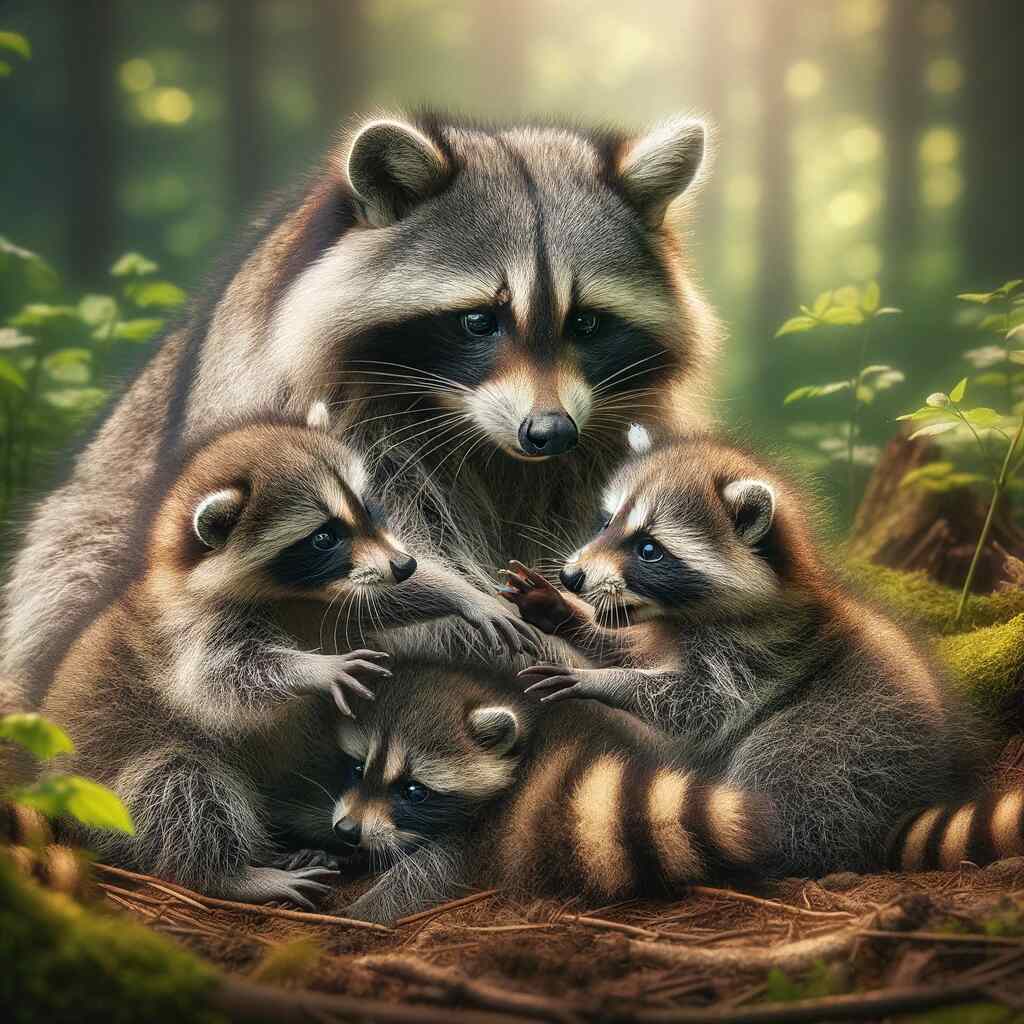
Understanding Raccoons: More Than Just “Trash Pandas”
Biological Overview
Raccoons (Procyon lotor) are medium-sized mammals belonging to the Procyonidae family. Originating in North America, they’ve since spread to various parts of the world, adapting to diverse environments from dense forests to bustling cities. These intelligent creatures are easily recognizable by their grayish coat, bushy tails with distinctive black rings, and the characteristic “mask” that adorns their faces.
Raccoon Behavior and Adaptability
Raccoons are omnivores, feeding on a varied diet of fruits, nuts, insects, small animals, and, in urban areas, human refuse. Their adaptable diet is one reason they’ve thrived in various environments. They are primarily nocturnal, spending the daytime in hollow trees, burrows, or any secluded shelter they can find. Renowned for their intelligence, raccoons are excellent problem solvers, known to open jars, unlock enclosures, and navigate complex environments.
The Social Life of Raccoons
While generally solitary, raccoons exhibit fascinating social behaviors. During the mating season and in mother-kits relationships, they display temporary social structures. Female raccoons, particularly, may share dens in the winter months, showing a level of cooperation and social living not commonly associated with these solitary creatures.

What Is a Group of Raccoons (Herd of Raccoons) Called?
The Rarity of Raccoon Groups
Encountering a group of raccoons is an uncommon sight. These animals are predominantly solitary, coming together mainly for mating or rearing young. However, when they do form groups, the terminology used to describe them is as unique as the animals themselves.
A Nursery of Raccoons
When female raccoons come together with their young, this group is referred to as a “nursery.” This term reflects the primary purpose of these gatherings: the care and rearing of young raccoons. Nurseries are more common in areas with scarce denning opportunities, suggesting a strategic adaptation to environmental pressures.
A Gaze of Raccoons
Another term used for a group of raccoons is a “gaze.” This term might have originated from the raccoons’ behavior of observing their surroundings intently. The name also plays into the myth that raccoons lack a strong sense of smell and rely heavily on their sight, although this is a misconception as raccoons have keen senses overall.
A Mask of Raccoons
The least common term, “mask,” refers to the distinct facial markings of raccoons. While not widely used, this term evokes the characteristic feature that most defines the raccoon’s appearance.
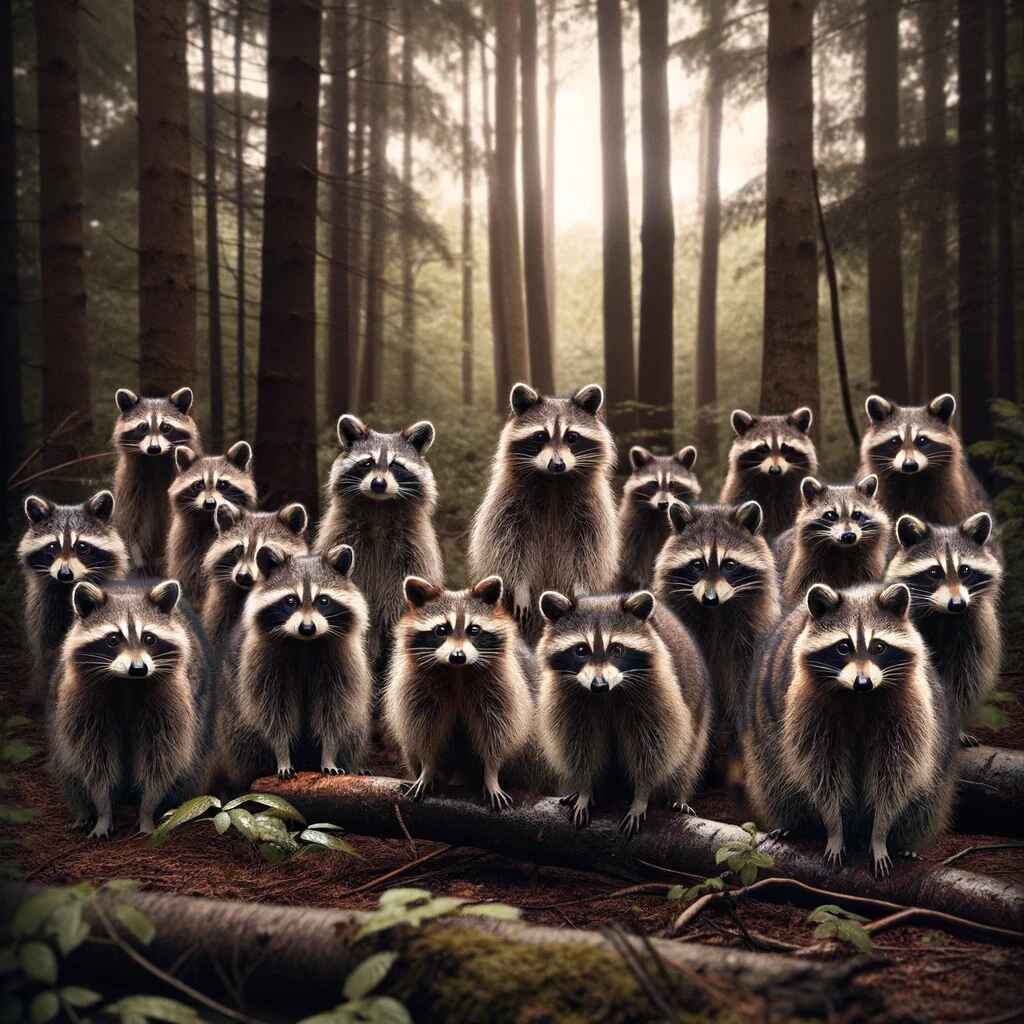
The Social Dynamics of Raccoon Groups
Female Social Structures
Female raccoons show more propensity for social behavior than males. During the winter months and when rearing their young, females may share dens, cooperate in raising kits, and occasionally forage together. These temporary alliances are thought to increase survival rates and provide communal support.
Male Raccoons: Lone Wanderers
Male raccoons, on the other hand, are typically loners. They maintain large territories and interact with others primarily during the breeding season. When males do come together, it’s usually a temporary alliance, often driven by a common interest like a food source or the need for warmth during colder months.
Rearing the Young: The First Social Experience
The most enduring social structure in the raccoon world is the mother-kit relationship. Mothers are fiercely protective of their young, teaching them survival skills over several months. This period is crucial for young raccoons, as they learn everything from foraging to navigating their environment from their mothers.
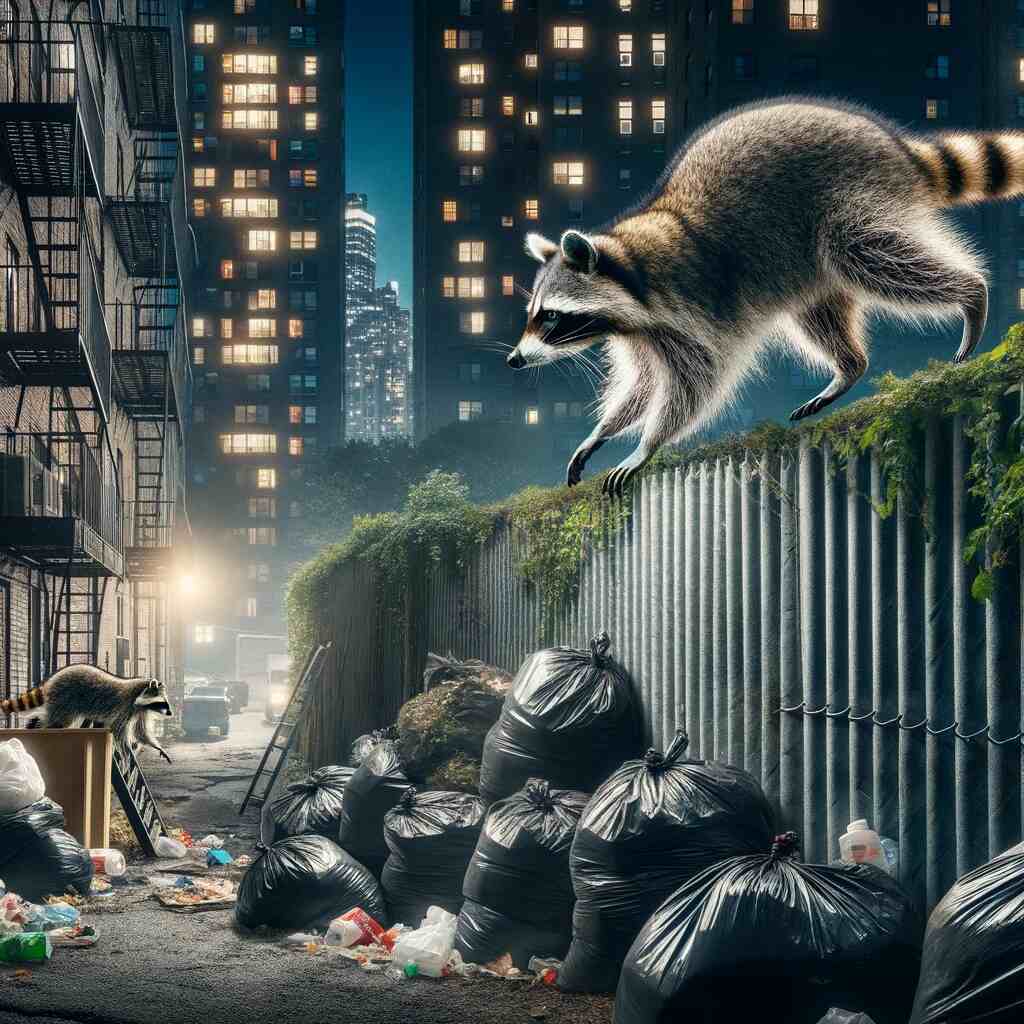
The Impact of Raccoons on Ecosystems and Human Environments
Raccoons as Ecosystem Contributors
Far from being mere scavengers, raccoons play a significant role in their ecosystems. As omnivores, they help control insect and rodent populations. Their foraging habits also contribute to seed dispersal, aiding in plant propagation.
Raccoons and Human Conflict
In urban environments, raccoons are often seen as pests. Their search for food can lead to overturned trash cans, raided gardens, and occasional entry into homes. However, these conflicts are a testament to the raccoon’s adaptability and intelligence, traits that have allowed them to thrive in changing environments.
Health Concerns
Raccoons can carry diseases like rabies, leptospirosis, and roundworms, posing health risks to humans and pets. Responsible management of potential food sources and understanding raccoon behavior can mitigate these risks.
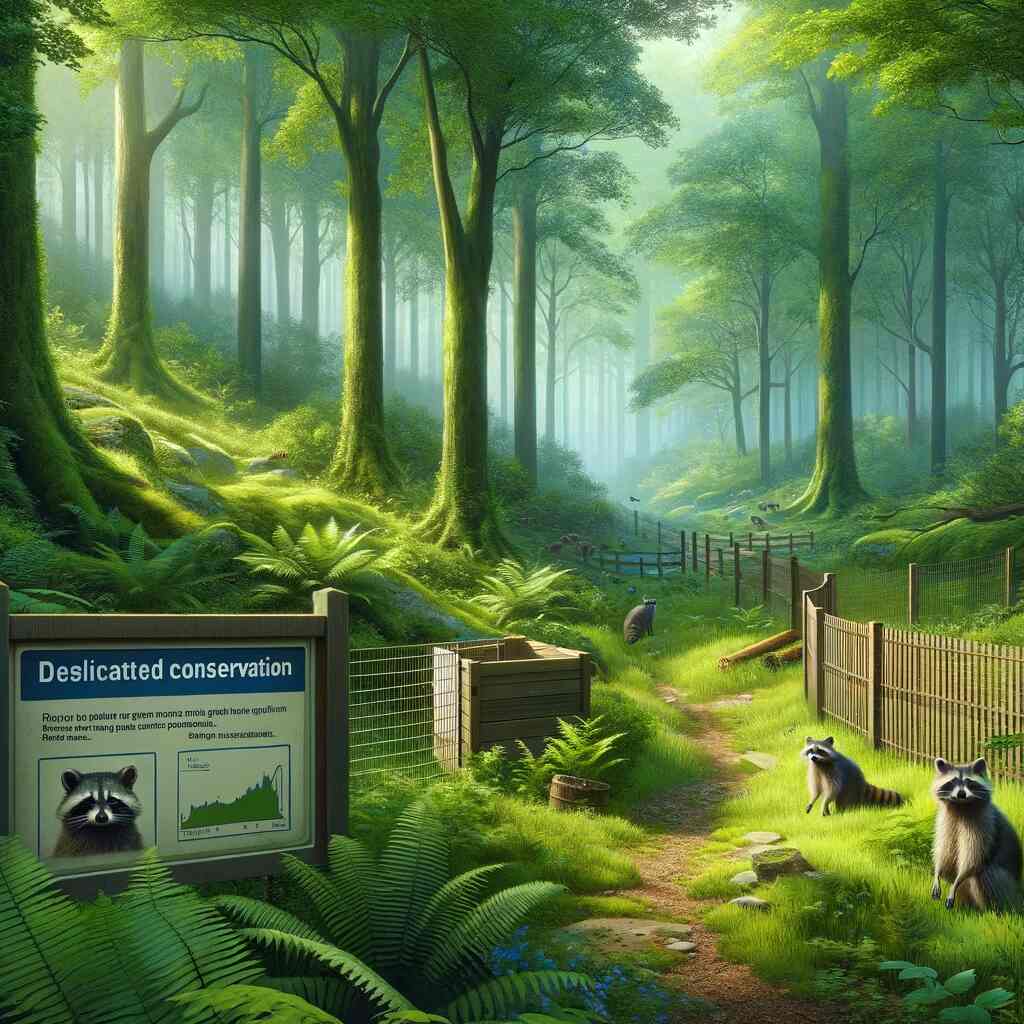
Conservation and Coexistence
Protecting Raccoon Habitats
Conservation efforts focus on protecting natural habitats and promoting coexistence strategies in urban areas. Understanding raccoon behavior and ecology is crucial for developing policies that protect these animals while minimizing human-wildlife conflicts.
Fostering a Harmonious Relationship
Educational initiatives can help communities understand raccoon behavior, reducing fear and fostering appreciation. Simple measures like securing trash cans, avoiding feeding wildlife, and creating safe passages can significantly reduce conflicts.
Conclusion
Raccoons, with their distinctive masks and ringed tails, are more than just urban scavengers; they are intelligent, adaptable creatures with complex behaviors and social structures. While the sight of a “nursery,” “gaze,” or “mask” of raccoons is rare, these terms reflect the intriguing social dynamics of these often misunderstood animals.
Understanding and respecting raccoons is key to coexisting with them, both in our backyards and in the wild. As we delve deeper into their world, we uncover the true nature of these fascinating creatures, revealing the importance of every thread in the tapestry of life.


